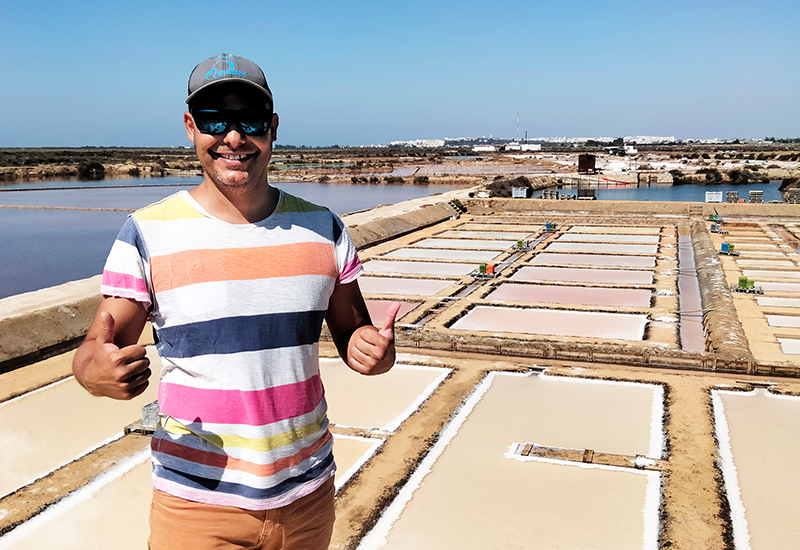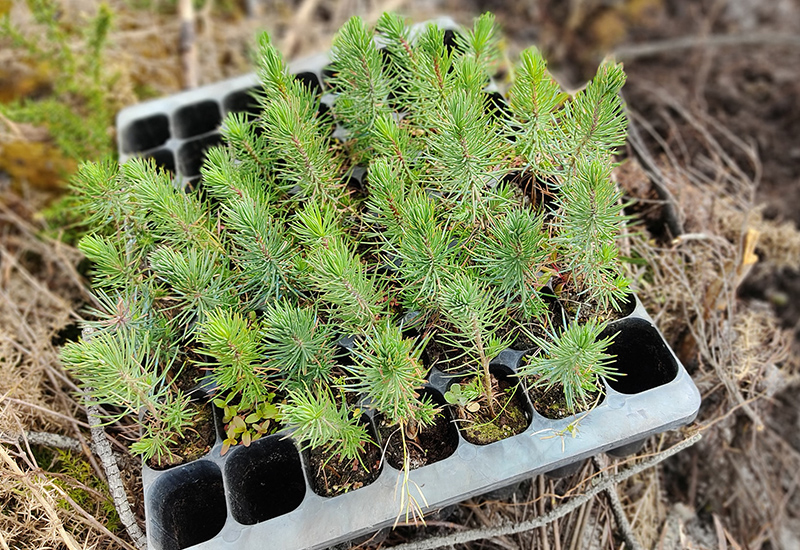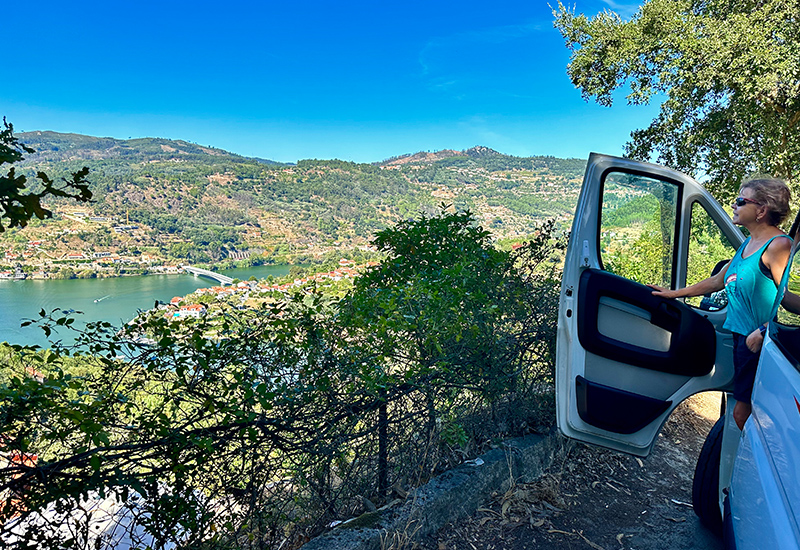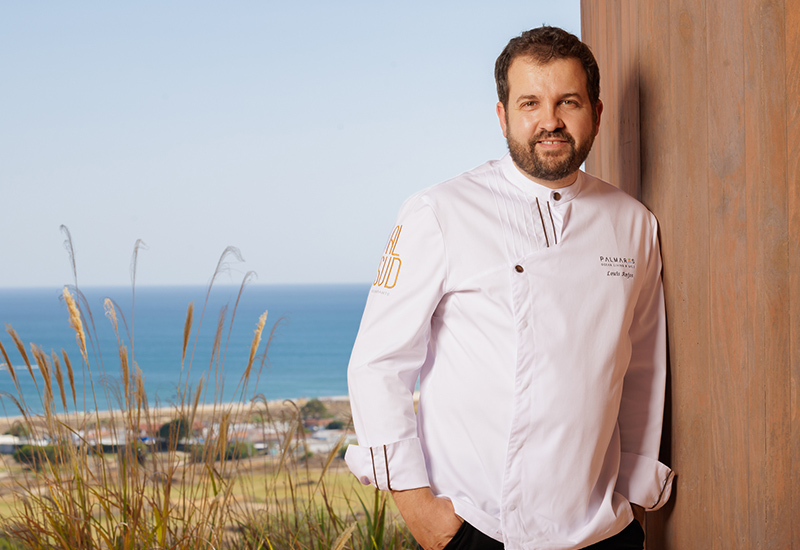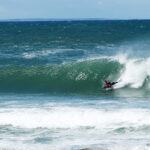The Algarve combines old cultures and new trends in unique combinations. In recent years, the millennium-old tradition of salt extraction has also embraced a modern take. The updated ritual allows visitors to have an inside view of this industry. It also provides a unique day-out excursion. This has proven a success for all parts.
WORDS Luis de Teves Costa
Salt marshes or ‘pans’ (in Portuguese Salinas, pronounced Sa-lee-nash) are man-made pools that intake water from the sea and slowly transform it into precious salt. This ancient, open-air alchemy process has remained virtually unchanged over thousands of years.
With its origins dating back to Phoenician and Roman times, the white rocky crystals were once so valuable that they were used as currency to buy slaves. Or to pay wages for soldiers and craftsmen. The word salary derives from the Latin word for salt: SAL.
In the not-to-distant past, traditional fishing fleets, markets and fish-canning industries demanded enormous quantities of salt. This was supplied by local salt producers in a symbiotic relationship. Geographically positioned close together, fishing ports, factories and Salinas had smart and functional logistics that worked as a well-oiled machine for many centuries.

Salinas near Portimão
With the introduction of freezing technologies and commercial fishing fleets, the demand for local salt was massively reduced. In many cases, this resulted in the abandoning of this old industry. Once widespread through the Algarvian coast, today you can find active salt producers in three predominant areas: Olhão, Tavira and Castro Marim.
Although many of us have already seen these Salinas when walking around the Ria Formosa and Castro Marim, some of the producers are now exploring a new tourism concept. They offer an experience that is still unknown to many residents and visitors, and not so widely advertised compared to other local tourist attractions. I have recently booked myself on a guided tour and dead sea experience at Salinas do Grelha in Olhão – and I strongly recommend the expedition.
The tours (in Portuguese or English) take approximately one hour around the Salina. The guide takes you through the history of the regional salt industry, the evaporation and extraction processes along with some interesting historical facts and curiosities.

Flor-de-Sal
This visit allows you to get inside of the traditional salt pans, and you will also enjoy a taste of the prized “salt flower” or flor de sal, which is a unique type of crystallisation appreciated for its more subtle flavour.
As a traditional working place, especially during spring and summer, the salt extraction industry revolves around a natural process of containing seawater in different lagoons. It relies upon the mighty sun and wind to evaporate the water until the salt ratio in the water is around 200 grams per litre. At this stage, the water can be directed through cleverly simple canals to smaller pans. Here, the last evaporations take place and salt crystals start to form. Workers can then pile the rocky crystals in pyramids to dry for a few days. Once dried, the process is complete and the workers can harvest the precious mineral that is ready for consumption. Sea salt is used mainly in the food industry worldwide for its flavouring and preserving qualities.
The lagoons and pans contain a different concentration of minerals and algae. This results in a noticeable variety of colours, ranging from snow-white to glacier-blue, pinks and reds that at times present us with a true mosaic of rectangular tiles. Some larger salt pans could easily be mistaken for large ice rinks if it weren’t for the scorching heat so characteristic of sweltering Algarve summer days.
Surrounded by fresh air and seawater, most Salinas sit in quiet areas where you can enjoy some tranquillity even during the summer months. For nature lovers, this experience also offers great possibilities. Many water birds seem to enjoy the semi-natural pools, such as the exuberant and charismatic Flamingos.

Following the very interesting guided tour, you can also try the Dead Sea experience. Here you can swim and cool down in a lagoon with a salt concentration so high that it replicates the Dead Sea. One can simply lay in the water, floating and enjoying the serenity of the place (after you smother yourself in salty mud of course). Rich in minerals and other wonderful properties that enrich the skin, body and soul, these moments will certainly generate a laugh or two and some funny pictures.
Before you leave, the irresistible souvenir shop showcases the different locally produced salt in its many commercial variations should you wish to take a sample home.

Dead Sea Pool
Salt Joke
“I had dinner last week with a renowned chess player in a restaurant with checkered tablecloths. It took him two hours to pass me the salt.”
+351 967 753 496 (WhatsApp available)
Opening Times:
Dead Sea May until October 2022 every day 10 am – 6 pm
Guided Tours all year, appointments via telephone or email
Main image: Visiting Salinas do Grelha in Olhão
